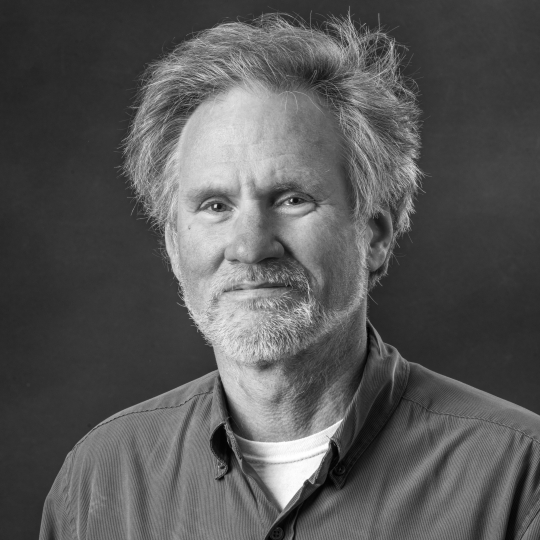
- This event has passed.
Spring 2025 GRASP SFI: John Suehle, Image Engineering, “The Magic of Lasers in Entertainment – Behind the Technology”
March 5 @ 3:00 pm - 4:00 pm
This was a hybrid event with in-person attendance in Levine 307 and virtual attendance…
ABSTRACT
It was not long after Theodore Maiman published the first demonstration of the ruby laser in the August 6, 1960 issue of Nature1 that it was realized that such a unique light source could be used in many applications, including entertainment. In fact, four years later a laser was initially used and then simulated in a scene from the James Bond movie Goldfinger. Later in the 1970s high-speed galvanometers were developed to quickly scan laser beams to produce 2-dimensional images. The laser light show was born in 1973 when filmmaker Ivan Dryer formed Laser Images, Inc. and performed “Laserium” at Griffith Observatory in Los Angeles. The show was expanded to 46 cities.
Today, advanced material science allows the fabrication of laser diodes emitting in the red, blue and green wavelengths with optical powers exceeding 4 watts from a single emitter. Lasers are now exhibiting 40% efficiency up from .05% compared to their ion laser ancestors. Such an increase in efficiency and decrease in size have made the laser ubiquitous in entertainment. Hundreds of watts of optical power are routinely used by my company Image Engineering, Inc, in live tours such as Paul McCartney and the Trans-Siberian Orchestra. It is now possible to use a large number of laser sources to produce compelling volumetric kinetic displays of laser light.
My presentation will cover the many applications we used this unique light source in visually captivating displays in concert touring, professional sports, and architectural lighting. I will also discuss projects of using lasers in new lighting technologies such as laser stimulated phosphor light engines.

